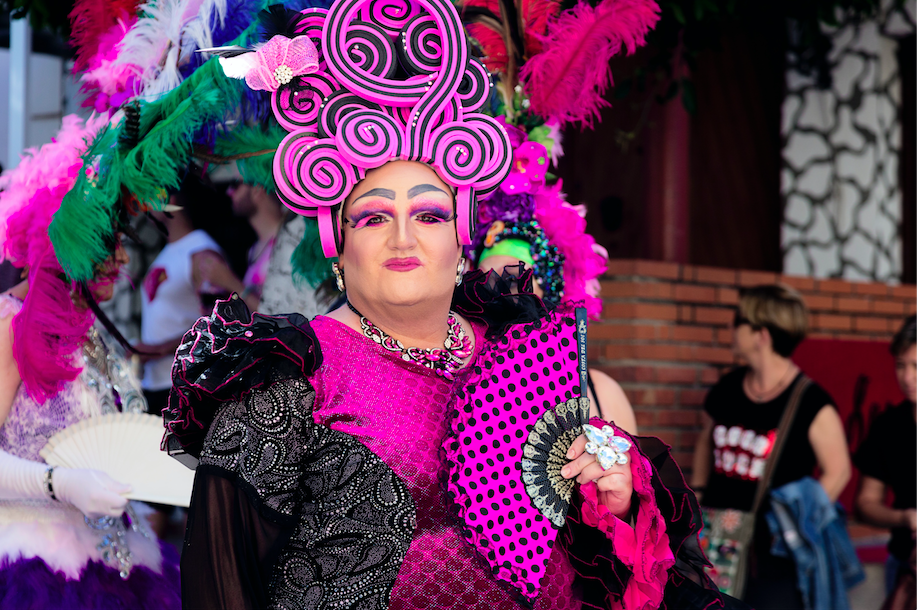2) How did the drag we know come about?

At its core, the term drag has been embraced by all those who play with redefining the notion of gender. But if we apply to it a physical time and place, Trixxie says that by the end of the 1920s, “it was clearly linked to the LGBTQ+ community”. Mainly gays being the ones who used the term, she explains, solidified the widespread assumption that female impersonation equalled homosexuality. Of course, drag wasn’t just for men; women too engaged in male impersonation performance. The Harlem Renaissance honoured actors such as Gladys Bently, who dressed up with both a top hat and tail. “This is perhaps,” Trixxie suggests, “how drag kings arose.”
With the apartheid and division of bars at the time, these quasi-hidden places became optimal locations to shift social norms back and forth, ultimately clearing the way for drag balls. In the 1980s, when drag culture started pouring out onto New York City’s streets, the media documented this and shocked audiences with how it unveiled drag culture – scandalous, provocative and dramatic. As the growth in its visibility continued, Trixxie explains that the distinction between drag queens and kings and the trans community emerged. “People started to become aware of the difference between the two; they’re not the same.” With its scandalous and feisty nature we’re all familiar with presently, Trixxie informs that drag affirmed itself in 2009 when the now-world-famous RuPaul’s Drag Race reality competition TV Show aired on TV for the first time.